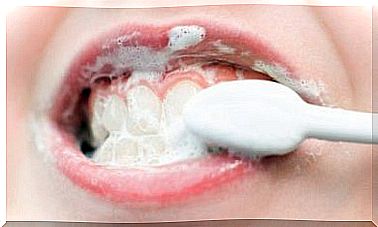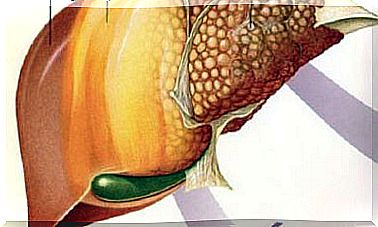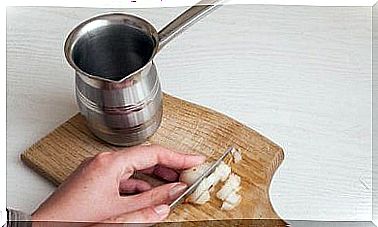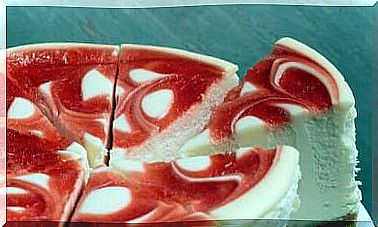How Are Foot Bunions Formed
Being overweight can put pressure on the joints and lead to this condition. In addition, wearing heels or shoes that are too tight can hinder the mobility of the foot and promote its appearance.
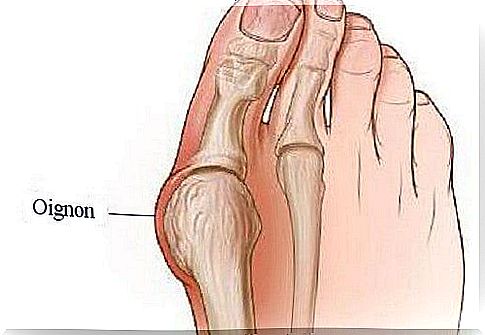
Foot bunions are a deformity of the joint at the base of the big toe that results in displacement of the bone or tissue in the joint. This causes inflammation, usually painful, which can have serious health consequences if it is not processed on time.
Symptoms of foot bunions
A simple glance can spot the presence of bunions on our feet. Among the most common symptoms are swelling and severe pain. However, there are different ways to spot them:
- On the side of the foot, at the base of the big toe, a lump forms.
- The metatarsophalangeal joint presents with redness, swelling, and / or pain.
- Corns, blisters, and other types of irritation appear.
- The big toe has difficulty moving and is painful.
Where do foot bunions come from?
Bunions come from an imbalance between the forces acting on the joints and tendons of the foot. As a result, a deformity appears on the foot, and the joint becomes unstable.
Different studies have shown that bunions are caused by hereditary factors, the way of walking, wearing heels and other types of shoes.
In addition, cases of bunion development have been observed following foot injuries, neuromuscular disorders, or even congenital deformities.
Some tips to avoid foot bunions
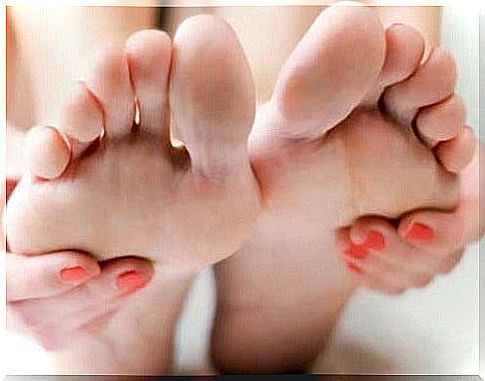
- Avoid wearing tight shoes, and prefer shoes that allow the feet to move.
- Wearing heels or pointed shoes contributes to the development of bunions, because the foot and the big toe are subjected to more pressure.
- The use of interdigital separators helps correct the direction of the toes at night.
- Consult a specialist so that he can recommend a protection of a soft and soft material in order to reduce the pain caused by bunions, and to avoid friction with the shoe.
- Consume vitamins A and C, calcium and vitamin D to strengthen your bones.
- You can buy special onion ferrules. These help correct the deformity of the bone, and prevent it from getting worse so that you do not need to have surgery.
- Keep a balanced weight to avoid obesity, which is a problem that often causes bunions.
How to treat foot bunions?
There are different ways to relieve bunions without actually having to have surgery. To know what the ideal treatment for your bunion is, you must first determine the severity of the strain, and take action before it turns into a more serious problem.
In the rest of this article, we will give you some treatments to reduce the pressure on the bunion, and prevent the deformity of the joint from progressing.
Quilt and bandage
For any treatment, you must start by padding the onion. The bands help keep the foot in a normal position, reducing pressure and pain.
Treat inflammation
One of the most common symptoms of bunions is inflammation of the foot, and the pain associated with it. To reduce this problem, you can follow simple and effective treatments that are inexpensive and only take a few minutes.
Coarse salt foot bath
- Boil 3 liters of water, then let stand.
- Add 5 tablespoons of coarse salt, then take a foot bath for 15 minutes.
Ice application
- Another option is to apply ice to the area to be treated.
- Put a few ice cubes in a bag or wrap them in a towel.
- But avoid applying the ice directly to the onion.
Lavender treatment

This treatment helps relieve pain caused by bunions. Because lavender is ideal for reducing inflammation, and preventing the future appearance of this problem.
You will need:
- 200 grams of lavender flowers
- ¾ sunflower oil
How to do ?
- Place 100 grams of lavender flowers and ¾ of sunflower oil in a metal container.
- Heat for 2 hours in a double boiler.
- Next, filter the oil over a saucepan, then add the remaining 100 grams of lavender flower.
- Heat again for 2 hours in a double boiler.
- Finally, filter the oil again, then apply a few drops to the area to be treated.

